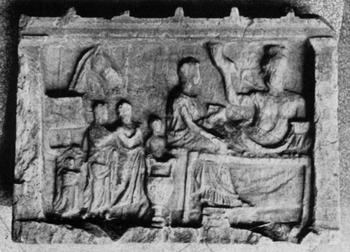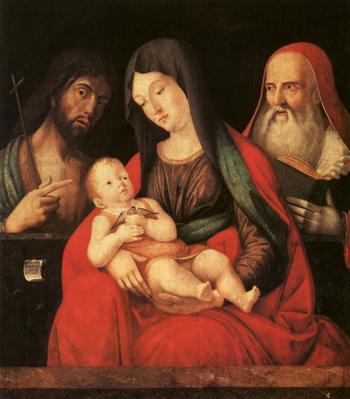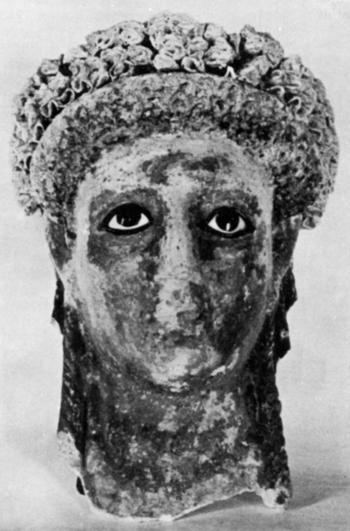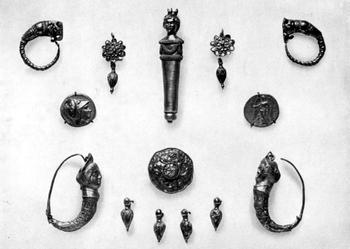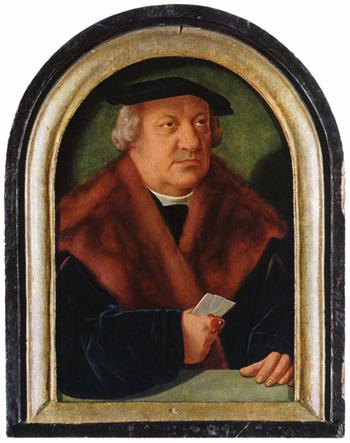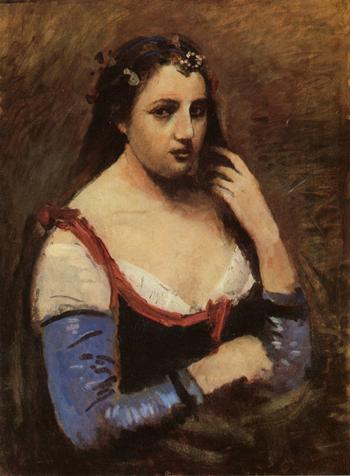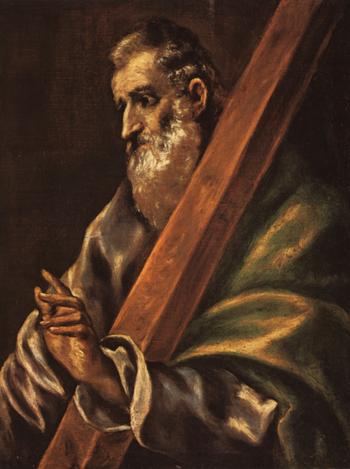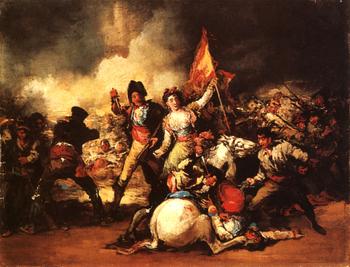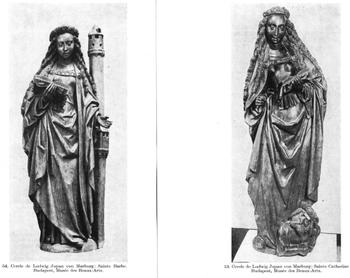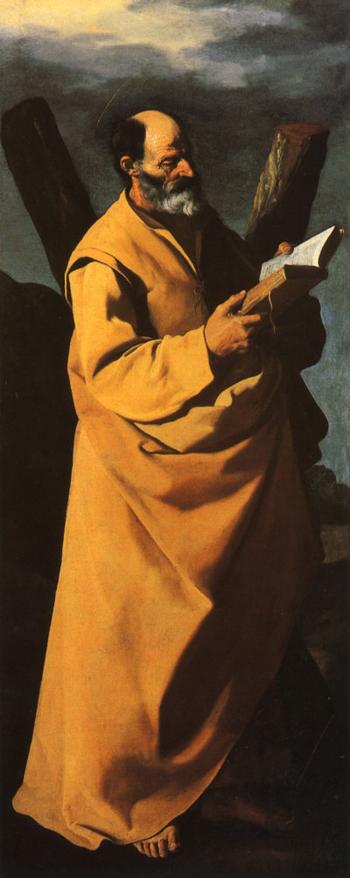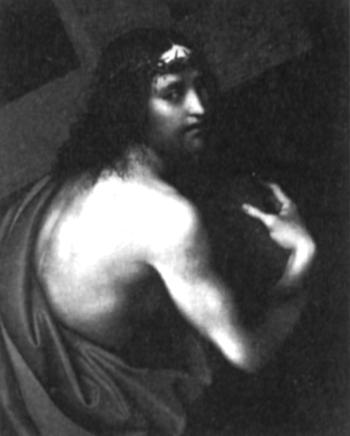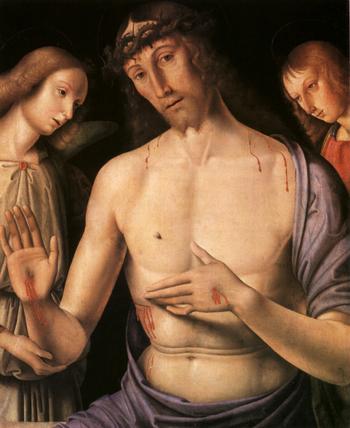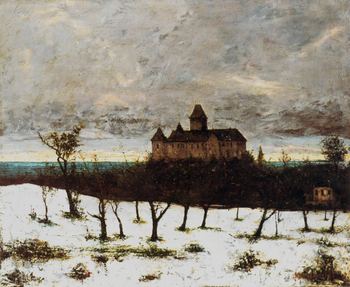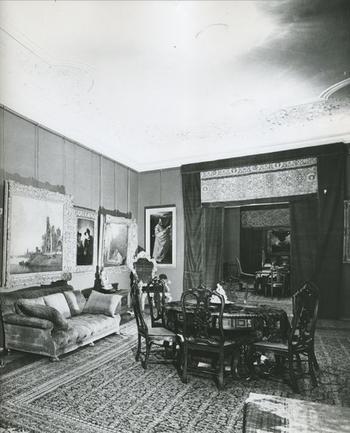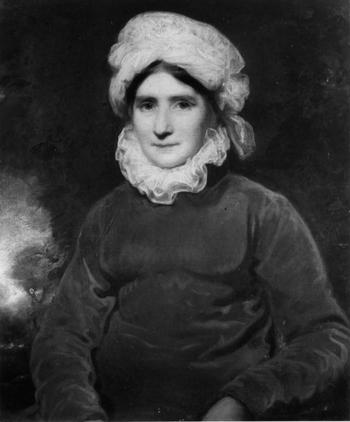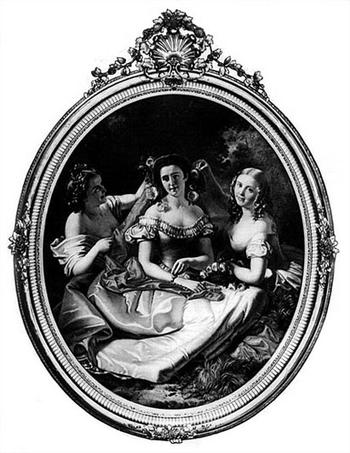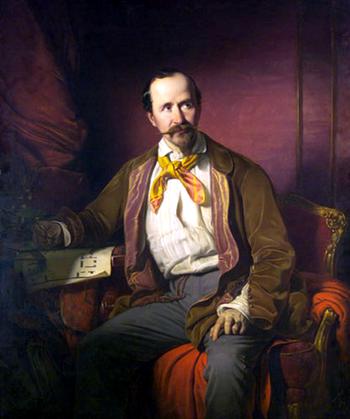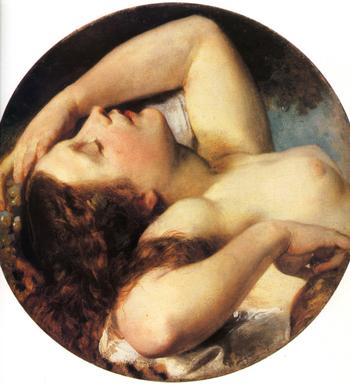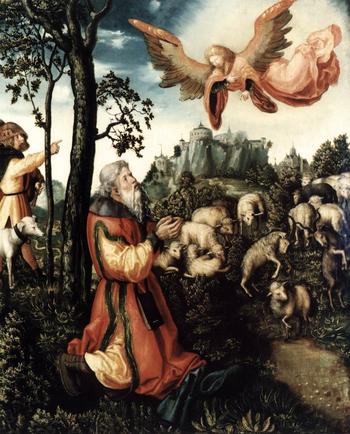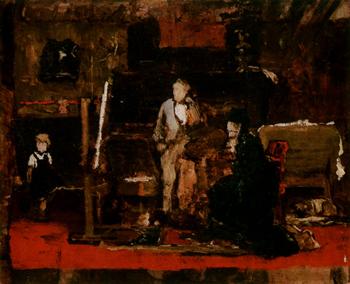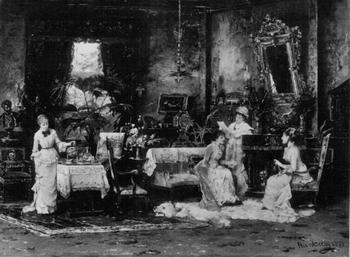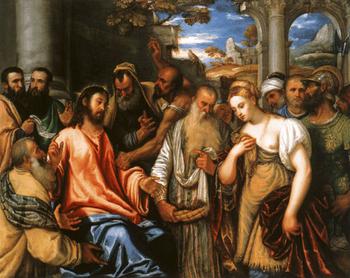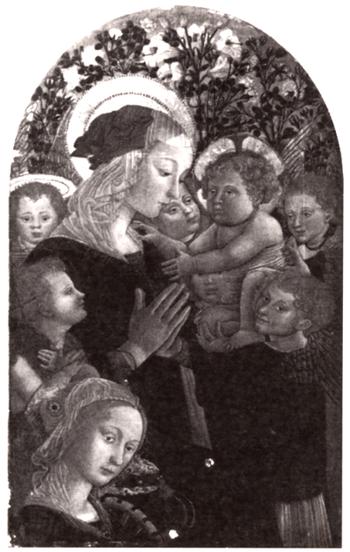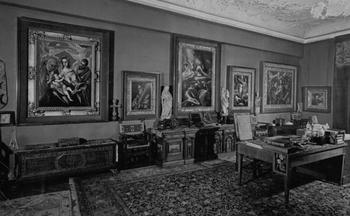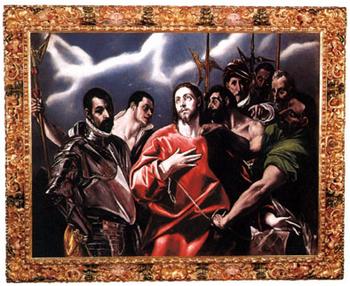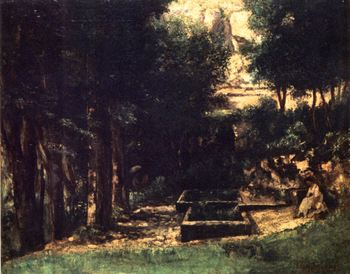For a New Yorker, Immunity Bill Could Be New Obstacle in Battle for Family's Lost Art
Martha Nierenberg, 88, is an art lover.
At her home, tucked amongst trees and ponds in Westchester County, she and her late husband — founders of cookware company Dansk International Designs — have covered their walls with travel mementos as well as works by friends and unknown painters.
“There’s is really no great art here,” she said. “The one on top, my husband did, and the lady sitting for it was my mother. We had an apartment in New York with a lot of empty walls and so we decided we might as well learn painting.”
There was a time when Nierenberg’s family did not have to learn to paint in order to fill their blank walls. Her grandfather was Baron Maurice Herzog, a Hungarian art collector who had one of the largest collections of fine art in Europe before World War II – said to contain as many as 2,500 pieces including works by Velasquez, Goya, Monet and El Greco.
Nierenberg said that when the Nazi’s occupied Hungary in 1944, this private museum was looted. Her attorney, Charles Goldstein, believes Nazi and Hungarian soldiers took some works while others were taken out of safety deposit boxes or removed from the family home after bombing. He said that in addition to Hungary, pieces can now be found in Russia, Germany and England.
None can be found in Nierenberg’s home.
Nierenberg recalls how the family has spent decades trying to recover the pieces through U.S. and foreign courts, as well as in direct negotiations with with museums. They have met with little success.
Now, a federal bill that passed the House and is currently in the Senate Judiciary committee could prove to be yet another obstacle for the family and other alleged victims of theft, looting and forced sales.
Giving immunity to art
The bill, known as the Foreign Cultural Exchange Jurisdictional Immunity Clarification Act (S. 2212) seeks to assure foreign governments who loan art to American museums that if they are granted immunity by the State Department in advance of the loan, they will not be subject to claims in U.S. courts.
“The intention of this bill is to impede or prevent claims against art that is on loan from a foreign country, claims that would be made by victims of the Holocaust.,” said attorney Charles Goldstein, chief counsel at the New York-based Commission for Art Recovery.
The legislation is being sponsored by California Democratic Senator Diane Feinstein. It was written with the help of the Association of Art Museum Directors (AAMD) in response to court rulings in recent years that have resulted in heirs filing successful claims against foreign governments who lent work to U.S. museums.
Feinstein did not respond to requests for comment.
The AAMD cites the 2005 ruling in Malewicz v. City of Amsterdam, in particular. In that case, the court allowed a claim for art on temporary loan to the Menil Collection in Houston despite that fact that immunity from seizure had been granted in advance.
“That was an issue which caused us considerable concern at the time and over time we have found that it is becoming an increasingly difficult issue in terms of negotiating such loans,” said Dan Monroe, president of the AAMD.
A hesitancy to lend
In fact, loans to the Metropolitan Museum and the National gallery have been canceled in the fall out. Russia cut off museum lending altogether after a ruling on Jewish religious documents went against them.
There are protections in the bill for works taken between 1938 and 1944 by Germany or its European allies. That could allow some heirs to make claims. But the date limitations, the question of who qualifies as a German ally and even the ambiguity of the meaning of the word “taken” has opponents concerned.
Goldstein said many works — for instance art sold under duress by families fleeing Germany, taken from Jews before the start of the war or looted by countries that were arguably not German allies — would be left unprotected.
But the AAMD says the immunity for art on loan is limited in scope and that the law would make sure that important works could to be seen by more people.
“[The law would not] preclude any sorts of claims that individuals or nations may have apart from the time that such works are on view in the United States,” Monroe said.
It may all be academic for Martha Nierenberg who, at 88, doesn’t believe she will live to see the works again. But what if the family does manage to recover them some day?
“I'm sure some they would have to sell,” she admitted, wryly “because there are lots of lawyers fees and stuff. So there goes half of it at least.”
For Nierenberg the point is not money, though the collection is said to be the world’s largest unresolved Holocaust art claim — estimated at more than $100 million. For her it is about the principle.
Still, she does admit to having a place in mind for one favorite painting by German Renaissance artist Lucas Cranach the Elder. She points to a wall that holds the portrait of her mother, which her husband painted to fill up empty walls.
“This is a nice spot.”
